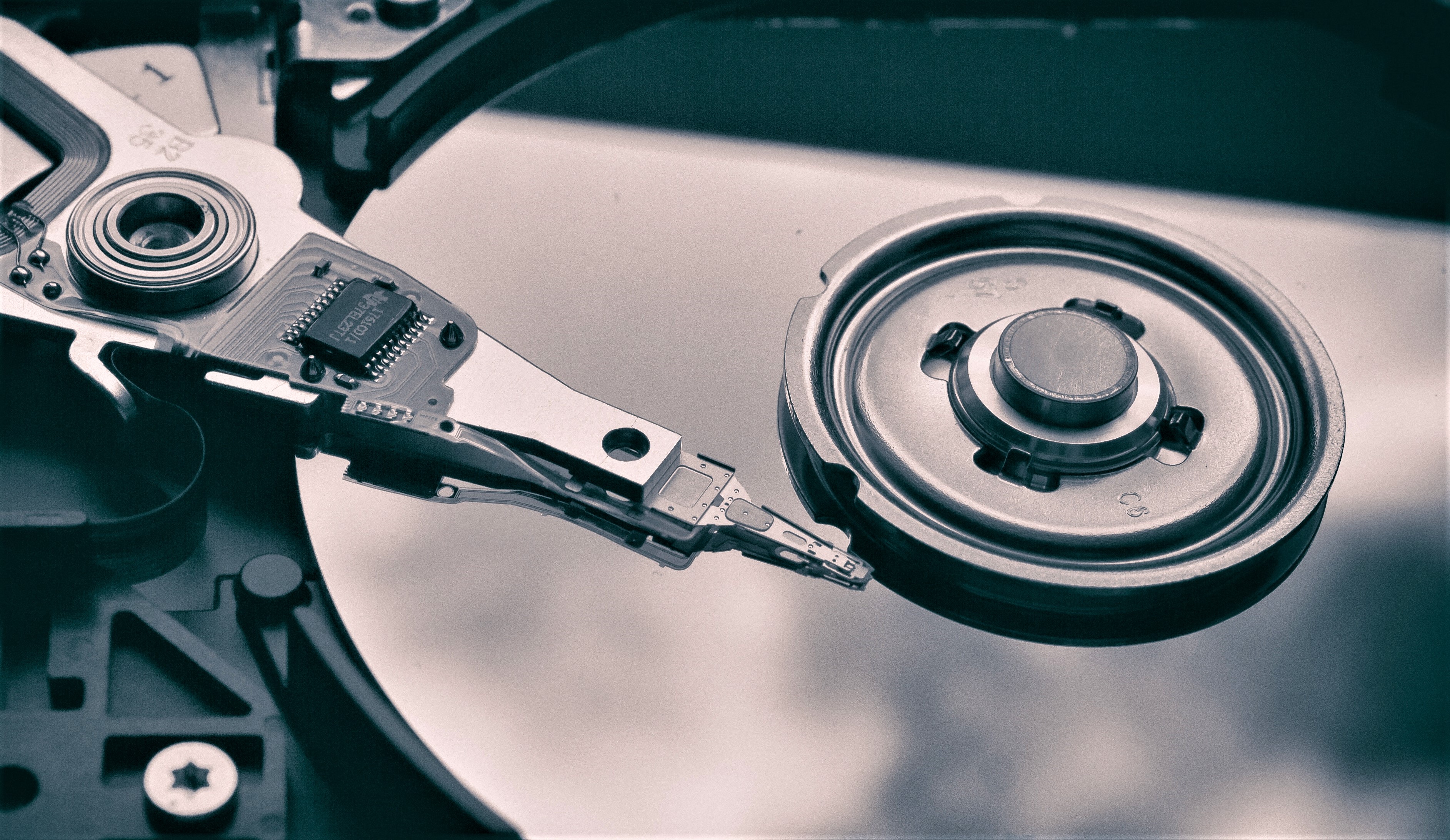
Shingled magnetic recording (SMR) might sound to the uninitiated like something you do with an old four-track and an acoustic guitar on Brighton beach, but to Dropbox, it’s the future of the company’s storage infrastructure.
The global collaboration platform today announced that it would be the first company in the world to deploy SMR drives at exabyte scale, with one quarter of its “Magic Pocket” (storage infrastructure) to be built on SMR drives by 2019.
The company, which floated in an IPO in March that saw it valued at some $7.5 billion, will also be providing open source software that allows other enterprises to follow suit, should they see fit, later this year.
Remind Me, What is SMR?
SMR is a hard drive technology that allows the tracks on a platter (the circular disk on which magnetic data is stored) to be layered on top of each other, to increase platter density; like overlapping roof shingles, or tiles.
The mainstream alternative, Perpendicular Magnetic Recording (PMR), uses a parallel track layout. SMR looks much like a standard PMR drive, but uses techniques originally developed for solid-state storage devices to boost storage capacity.
SMR is complex to implement and typically needs careful handling at scale to avoid performance issues. Dropbox thinks it has nailed the brief.
(Dropbox
Attacking Performance Problems
The company said the move has been “a significant undertaking”.
It sourced SMR disk drives from third-party suppliers, designed a bespoke hardware and component ecosystem around it, and created new software to ensure its compatibility with existing Magic Pocket architecture, which was rolled out by Dropbox in 2016 to handle workloads of its over 500 million registered users.
In a detailed blog published late yesterday, Dropbox wrote: “Off the shelf, SMR drives have the reputation of being slower to write to than conventional drives. So the challenge has been to benefit from the cost savings of the denser drives without sacrificing performance… we attacked the problem through inventive software and server architecture to ensure that this solution matched our standards for annual data durability of over 99.9999999999%, and availability of over 99.99%.”
The development team added: “Our ambition here is to use our expertise in software for large distributed systems to enable us to take advantage of the ongoing developments in drive technology before our competitors.”
“We believe that future storage innovations, including SSDs, will benefit from the same architectural approaches we’re developing for SMRs, so that our investment now will pay off in multiples.”







